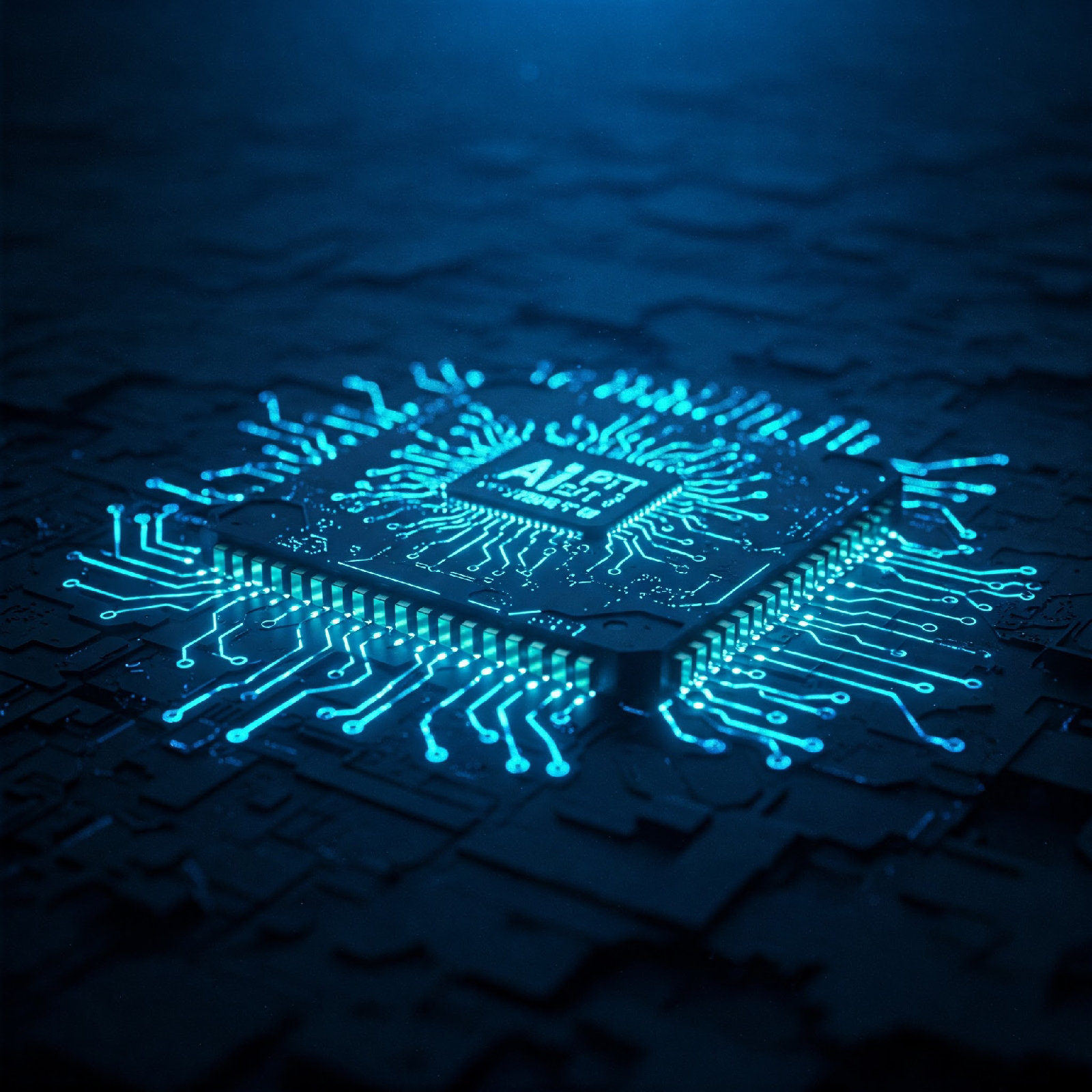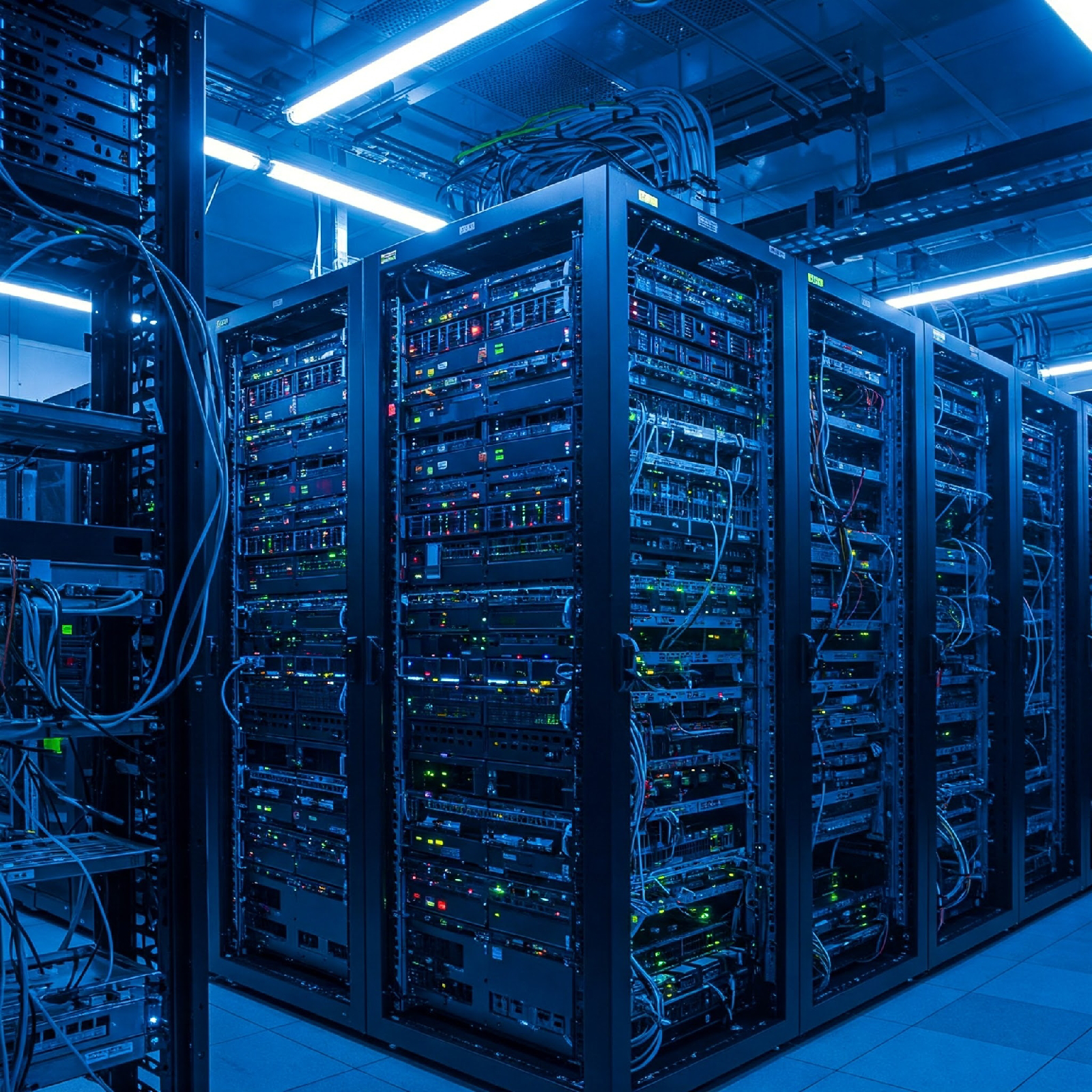Google's Ironwood Chip: Is This a Quantum Leap for AI?
Google's Ironwood Chip: Is This a Quantum Leap for AI?
Are you tired of waiting for AI to catch up? Current AI has limits, and it can be slow. Google's Ironwood chip might be the answer. It's said to be 24 times faster than the fastest supercomputer! Imagine what that speed could do. It could change many businesses and the whole future of AI.
Understanding Google's Ironwood Chip and Its Architecture
Let's look closer at what makes Ironwood so special.
Core Design and Specifications
The Ironwood chip is a big step up. The core design is different from older TPUs. Think of it as a super-smart brain with lots of connections. It uses the newest tech to pack more power into a small space. This means it can handle bigger and more complex AI tasks faster than before.
Memory and Bandwidth Capabilities
Memory and bandwidth are key. The Ironwood chip has lots of memory and fast ways to move data. It's like having a giant library where you can find anything in a snap. This is super important for AI models that need to process lots of information quickly. This means AI can learn faster and better.
Power Efficiency and Cooling Solutions
Power and cooling matter too. The Ironwood chip is made to use less power while doing more work. It also has better ways to stay cool. This helps it run for a long time without slowing down or breaking. This is important for big AI projects that need lots of power.
Performance Benchmarks: 24x Faster Than the Fastest Supercomputer?
Is the Ironwood chip really that fast? Let's check out the claims.
Deconstructing the "24x Faster" Claim
Google says Ironwood is 24 times faster. What does that even mean? It's important to know what tasks they used to test it. Which supercomputer did they compare it to? Knowing these details helps us understand how good Ironwood really is.
Comparative Analysis with Existing AI Accelerators (Nvidia, AMD)
How does Ironwood compare to other AI chips? Nvidia and AMD also make fast chips. Ironwood might be better at some things, but not as good at others. Looking at the pros and cons helps us see where Ironwood fits in.
Potential Limitations and Bottlenecks
Even with all that power, Ironwood might have limits. There could be things that slow it down in real-world uses. Knowing these problems helps us plan and use Ironwood the best way possible.
Real-World Applications and Impact Across Industries
What can Ironwood do in the real world?
Advancements in Machine Learning and Deep Learning
Ironwood can make machine learning faster. It can help AI learn from images, understand language, and suggest things you might like. This could change how we use AI every day.
Transforming Healthcare with AI-Powered Diagnostics and Drug Discovery
Ironwood can help doctors find problems sooner. It can speed up finding new medicines. Think of faster diagnoses and better treatments for everyone.
Revolutionizing Autonomous Vehicles and Robotics
Self-driving cars need lots of power. Ironwood could make them safer and smarter. It can help robots do more complex jobs. Expect big changes in how cars and robots work.
The Future of AI Processing: Implications and Predictions
What does Ironwood mean for the future?
The Race for AI Supremacy: Google vs. the Competition
Google is in a race with other companies to make the best AI. Ironwood helps Google stay ahead. The competition pushes everyone to make better AI tech.
Potential Future Developments in AI Chip Technology
Chips are getting better all the time. New materials and designs could make them even faster. The future of AI chips is full of possibilities.
Ethical Considerations and Responsible AI Development
More powerful AI brings up questions. How do we use it safely and fairly? It's important to think about the rules and values we need for AI.
Conclusion
Google's Ironwood chip is a big deal for AI. It could change how we use AI in many parts of life. This new tech is important for the future. What exciting new changes will AI bring?










